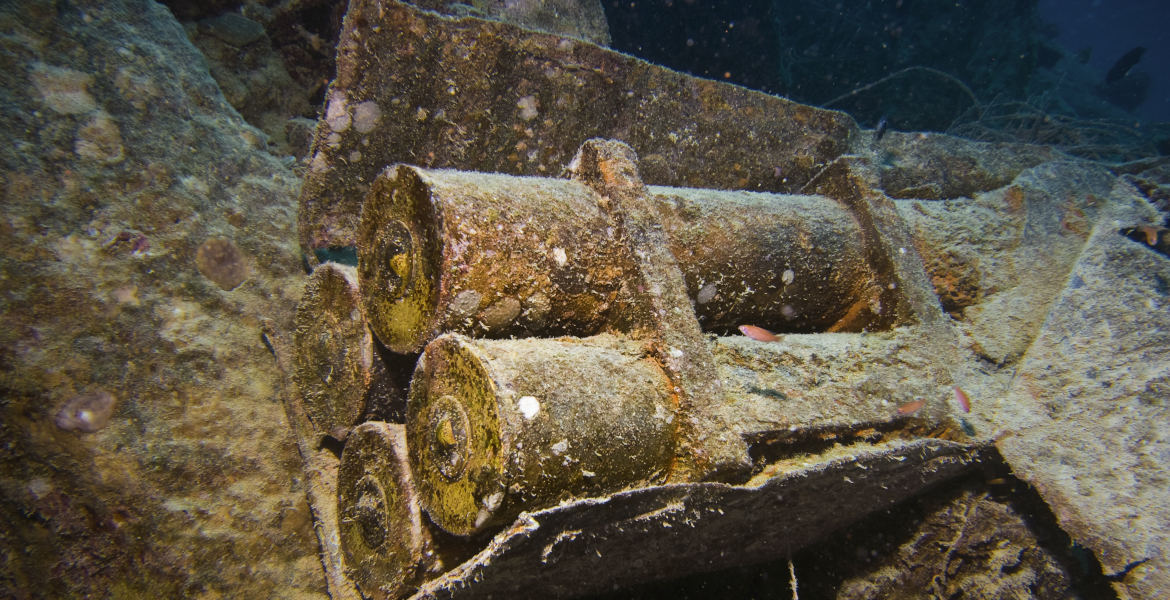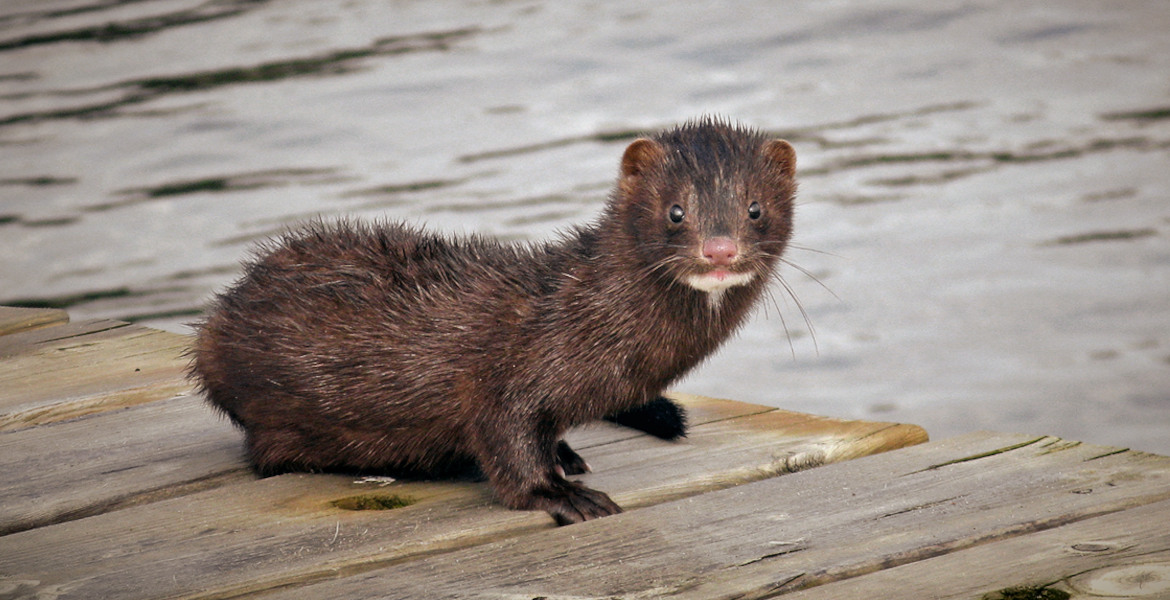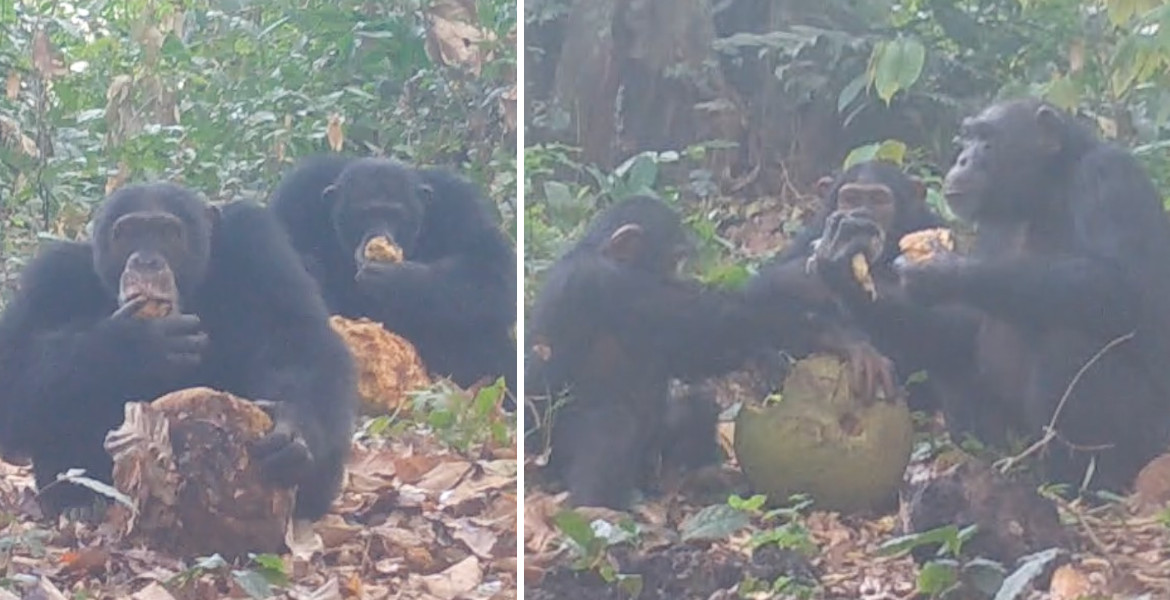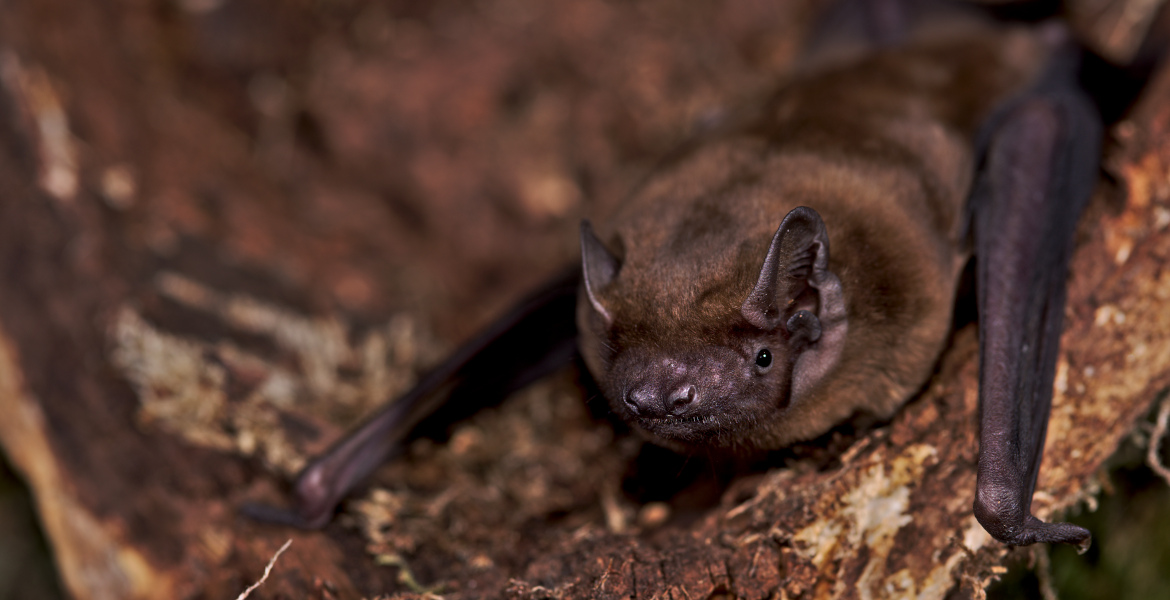The recovery of otters in Sweden may lead to the species being removed from the red list. Thanks to improved habitats and reduced threats, the otter population has increased significantly, but the impact of environmental toxins on the species’ reproduction remains a concern.
At the end of the 20th century, otters were almost extinct in Sweden, likely due largely to various environmental toxins. However, through various action programs such as improved habitats, less hunting, and reduced risk of traffic accidents, the otter has slowly become more and more viable over the years. The otter has fared so well in Sweden that the association Save the Otter (Rädda uttern) was dissolved in 2015, as it was considered to have served its purpose. Today, the otter is classified as “near threatened” on the latest red list, which is from 2020.
In the next version of the red list, coming in 2025, it may be possible to completely remove the otter, reports Natursidan. This is due to a significant increase in the otter population throughout the country.
– Our assessment is that the species is viable, and it may fall off the red list at the next red listing opportunity, says Henrik Thurfjell, responsible for organism groups at SLU Species Data Bank.
It is estimated that there are about 4,000 reproductive individuals in Sweden today, where the species has spread to new areas in Götaland and Svealand in the last 10-15 years. However, otters are found throughout the country.
Despite progress, there are doubts about the otter’s reproductive ability, partly because high levels of environmental toxins such as PFOS and PBDE are still measured, according to the Species Data Bank. Since these are “new environmental toxins”, it is also unknown what consequences these levels have for the species. In a report from the Swedish Museum of Natural History (Naturhistoriska riksmuseet) earlier this year, it was found that there was a continued high level of PFAS and even pharmaceuticals in Swedish otters.
Fact: Otter (Lutra lutra)
The species is found throughout Scandinavia, with a small population in Denmark. Otters are not found in Iceland or the Faroe Islands. They are also found in other parts of Europe, Asia and Northwest Africa.
Their diet consists mainly of fish, but also includes insects, birds, amphibians and smaller mammals. Otters thrive best near water, where there is a year-round abundance of easily catchable food and access to places where the otter can rest undisturbed and give birth to pups.








